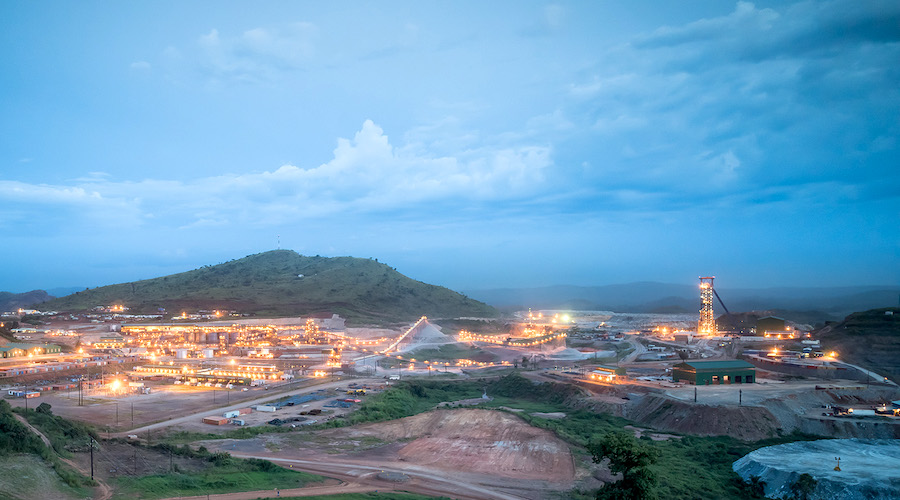
Barrick Gold (TSX: ABX; NYSE: GOLD) president and CEO Mark Bristow was singing the praises of one of his company’s premier assets – the Kibali gold mine – to his audience in the Democratic Republic of Congo. Not only is the mine the largest of its kind on the African continent, but it is also one of the greenest.
Electricity for Kibali comes from three hydroelectric stations and the newly commissioned 16 MW solar power plant and energy storage facility. With the solar plant on online, the percentage of renewable energy at the operation rises to 85% from 81%. For six months of the year when hydropower is available, all electricity is supplied by renewables.
“Bearing in mind that Kibali is also a leader in automation, the mine is a real role model for mining in Africa. As a long-standing partner of the Democratic Republic of Congo (DRC), we built Kibali in the remote northeast of the country, opening up a new mining frontier and, in the process, also promoted the development of a flourishing local economy,” Bristow said.
Barrick’s total in-country investment so far (royalties, taxes, dividends, and payments to local suppliers) has been $4.7 billion. Kibali also has a community development fund which contributes 0.3% of revenue toward local projects.
The new Cahier des Charges scheme will receive $8.9 million (over five years) in the name of the mine. The Cahier has launched 11 projects, with seven nearing completion. The company also supports biodiversity with plans to introduce additional white rhinos to the Garamba National Park.
The mine met its 2023 production goal of 360,000 oz. of gold. The company plans to further extend the mine life with an ambitious exploration and resource conversion program. The mine is owned 45% by Barrick, 45% by AngloGold Ashanti and 10% by Société Miniére de KiloMoto (SOKIMO).